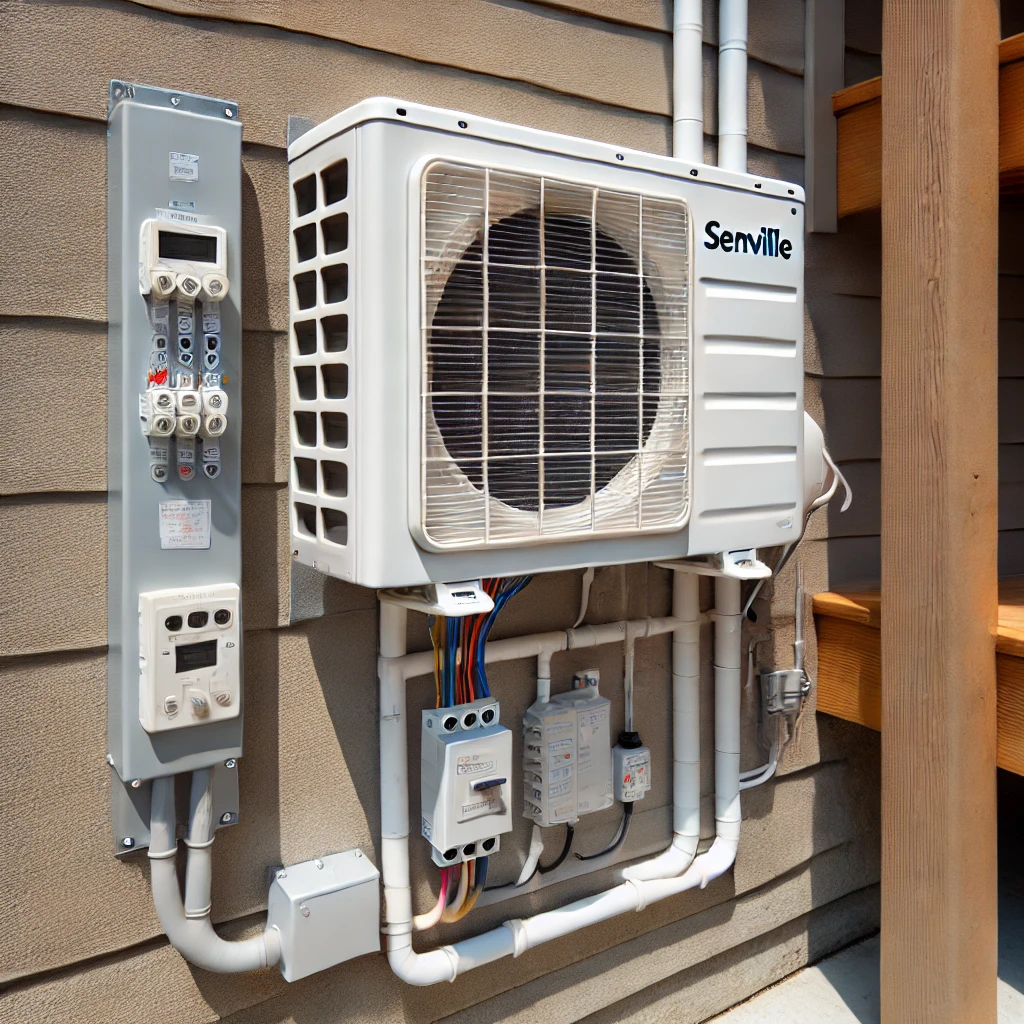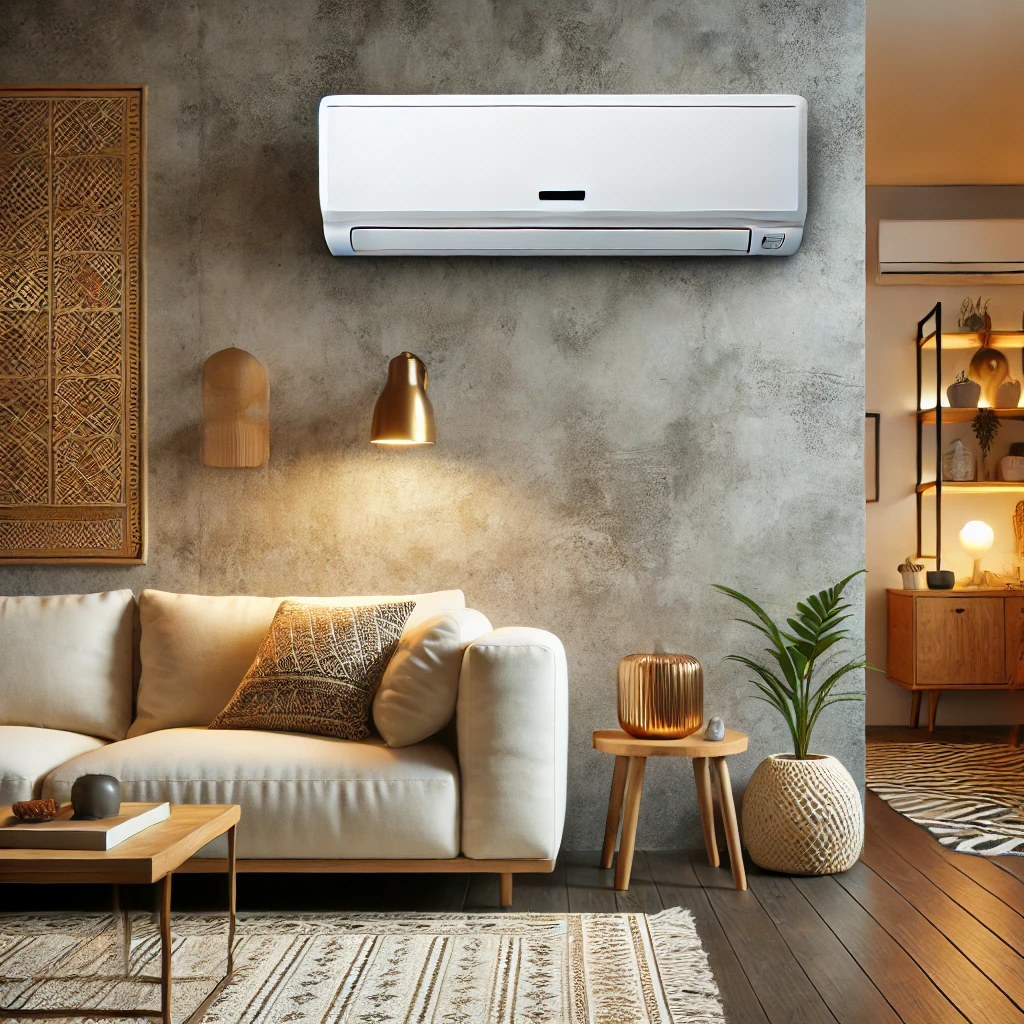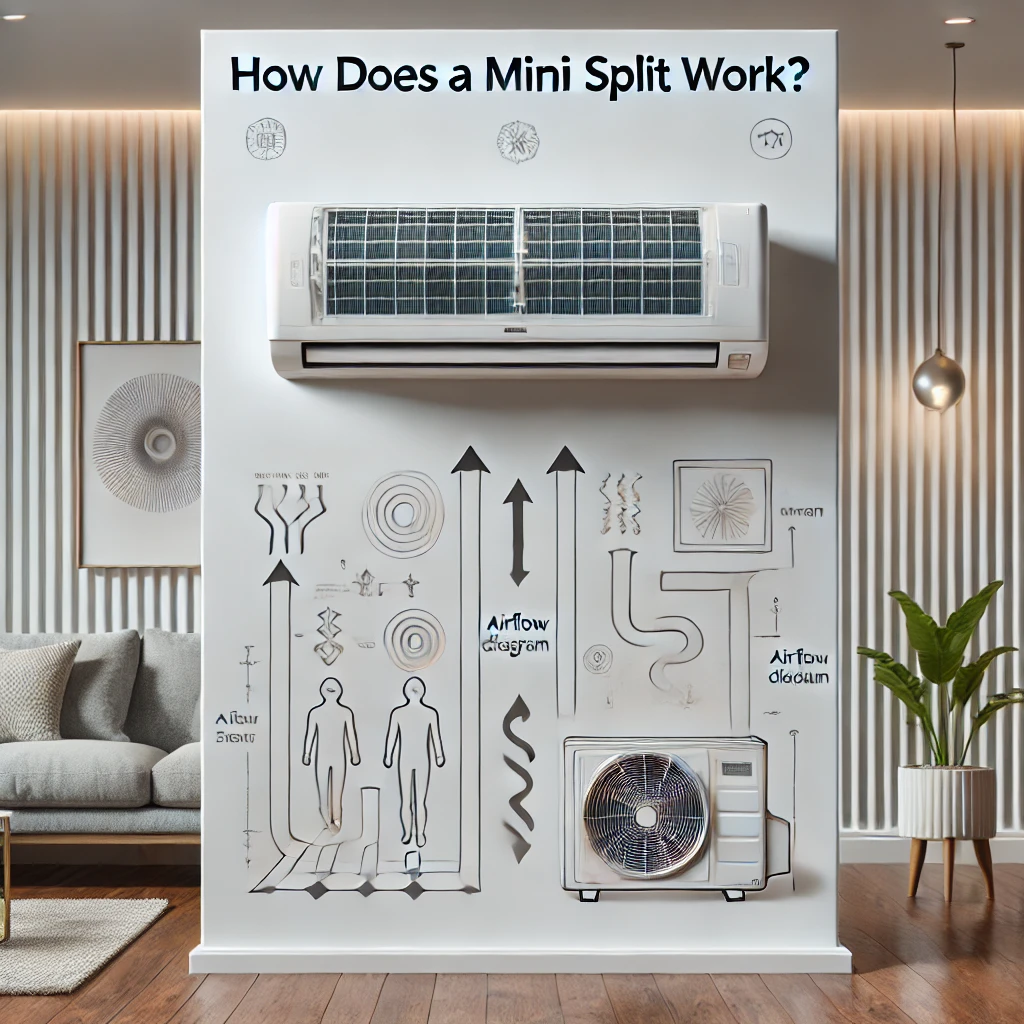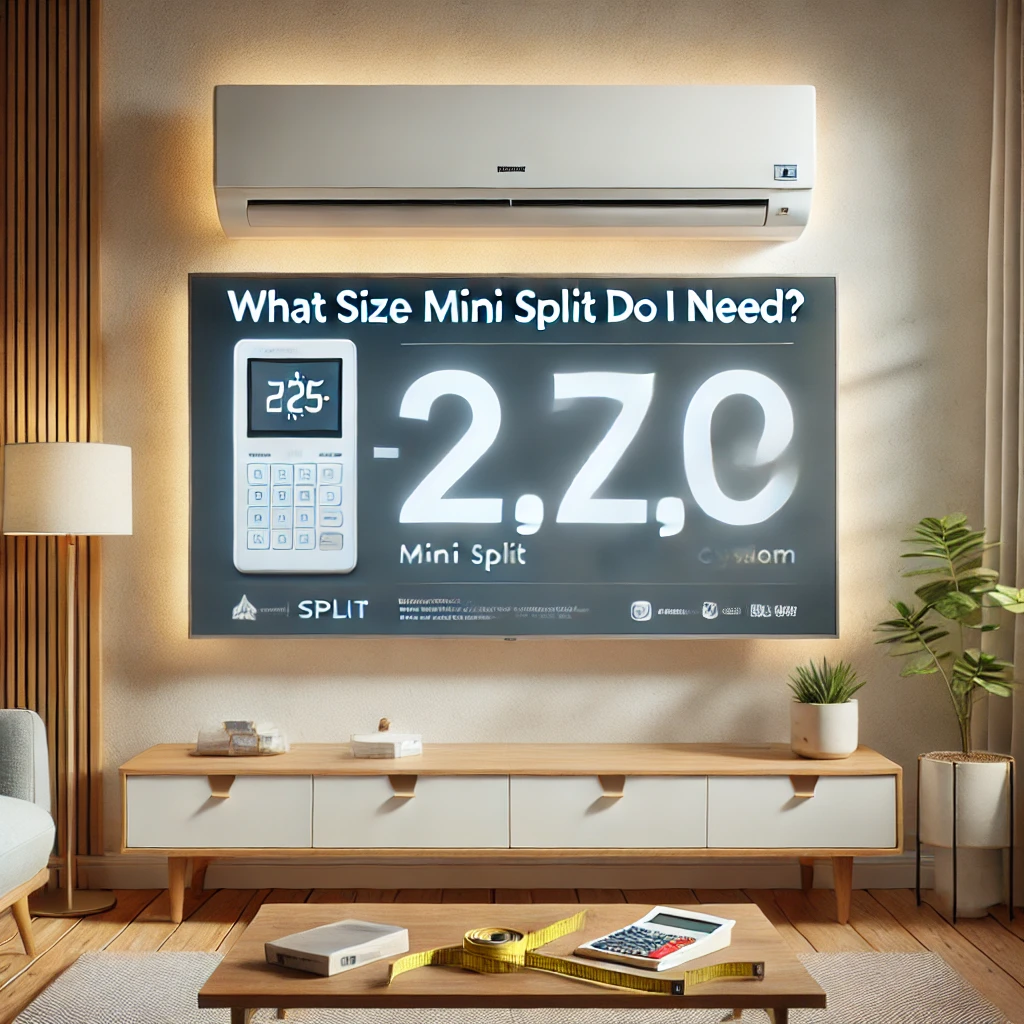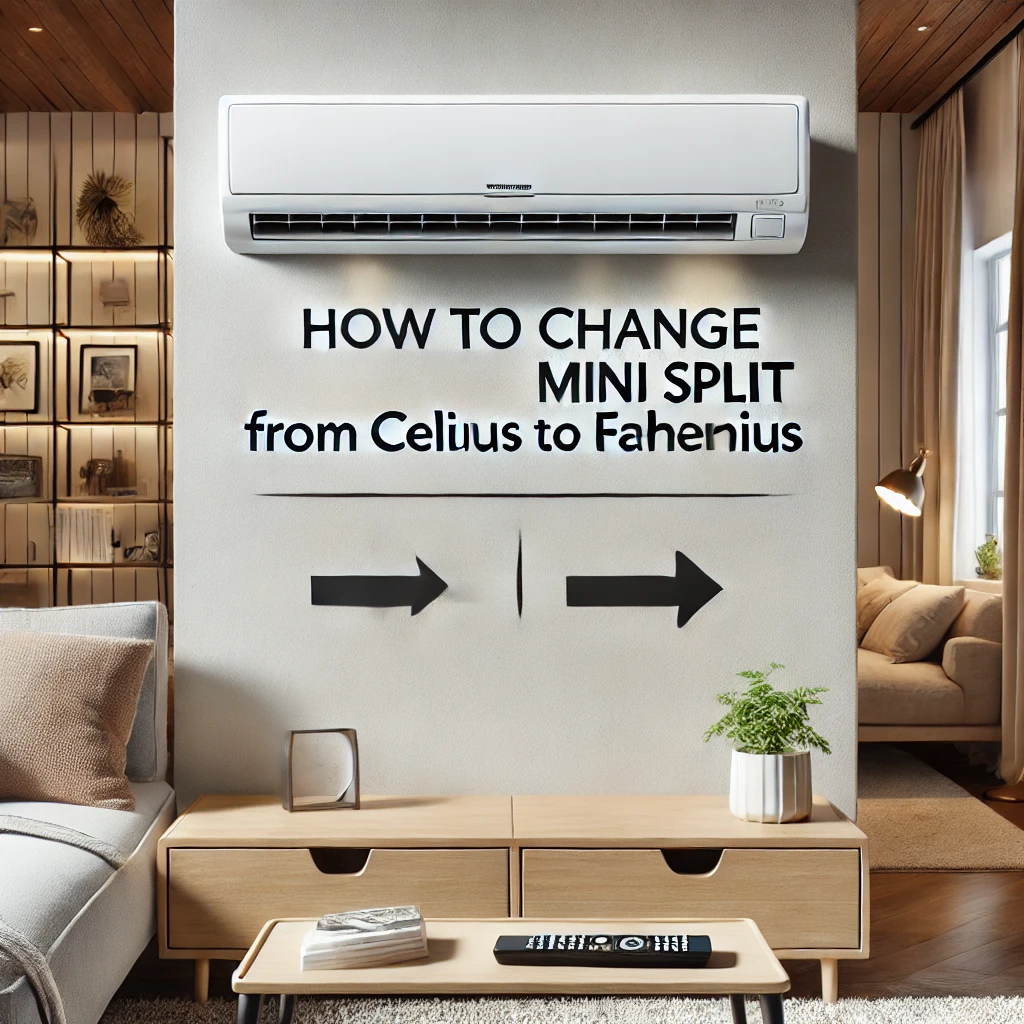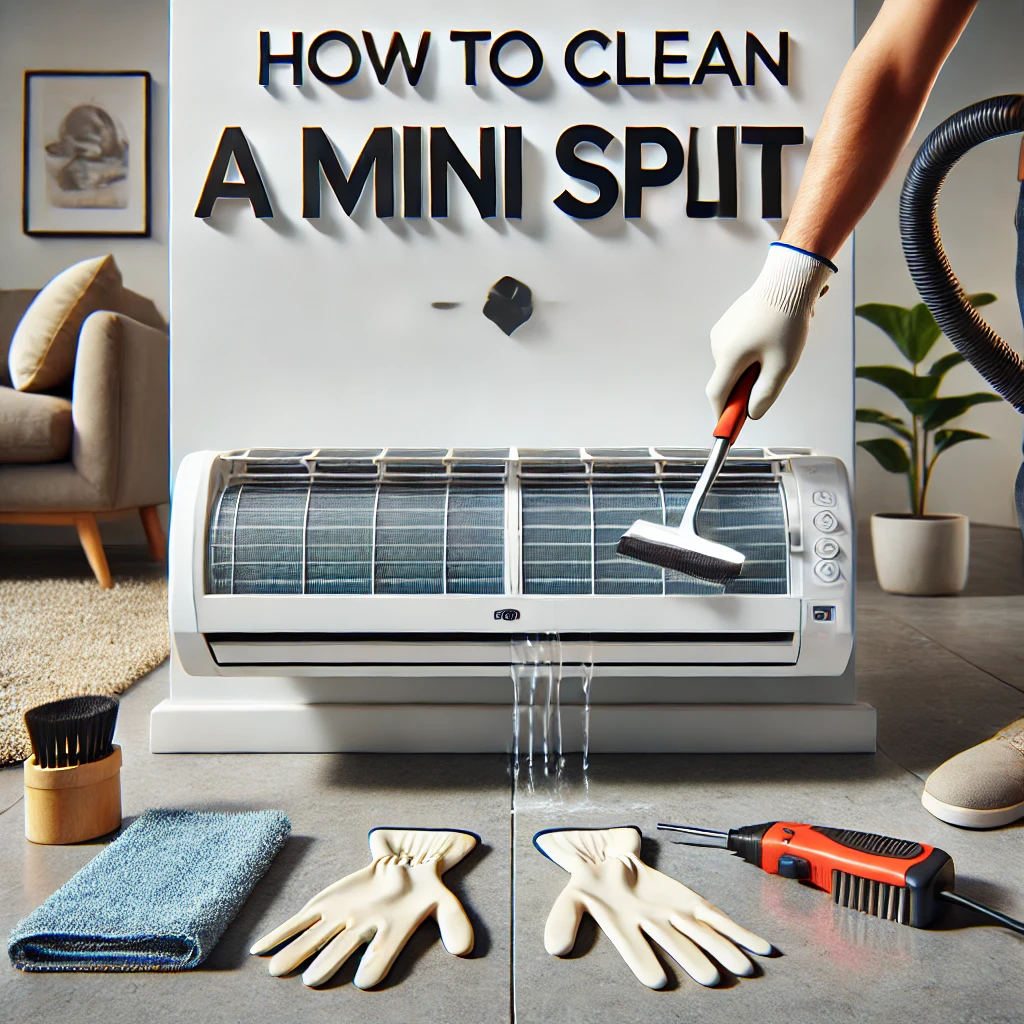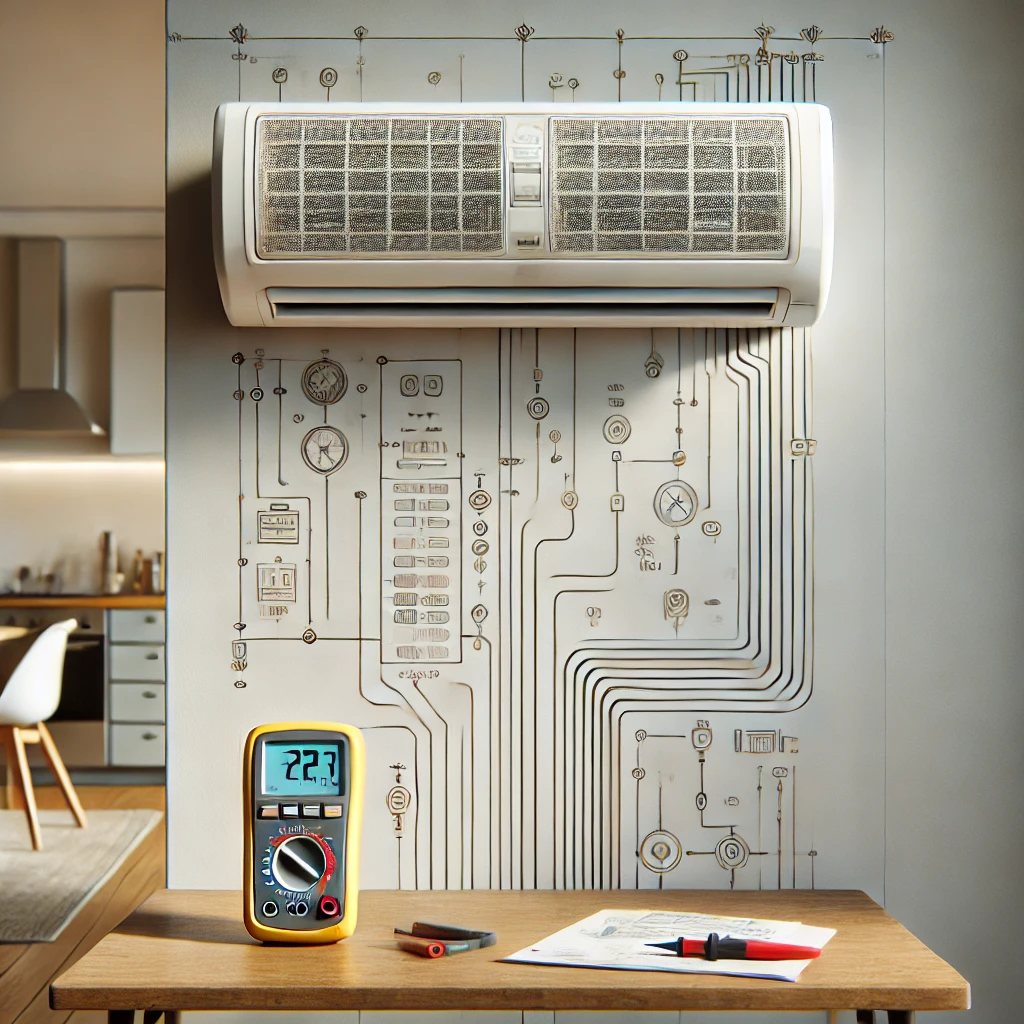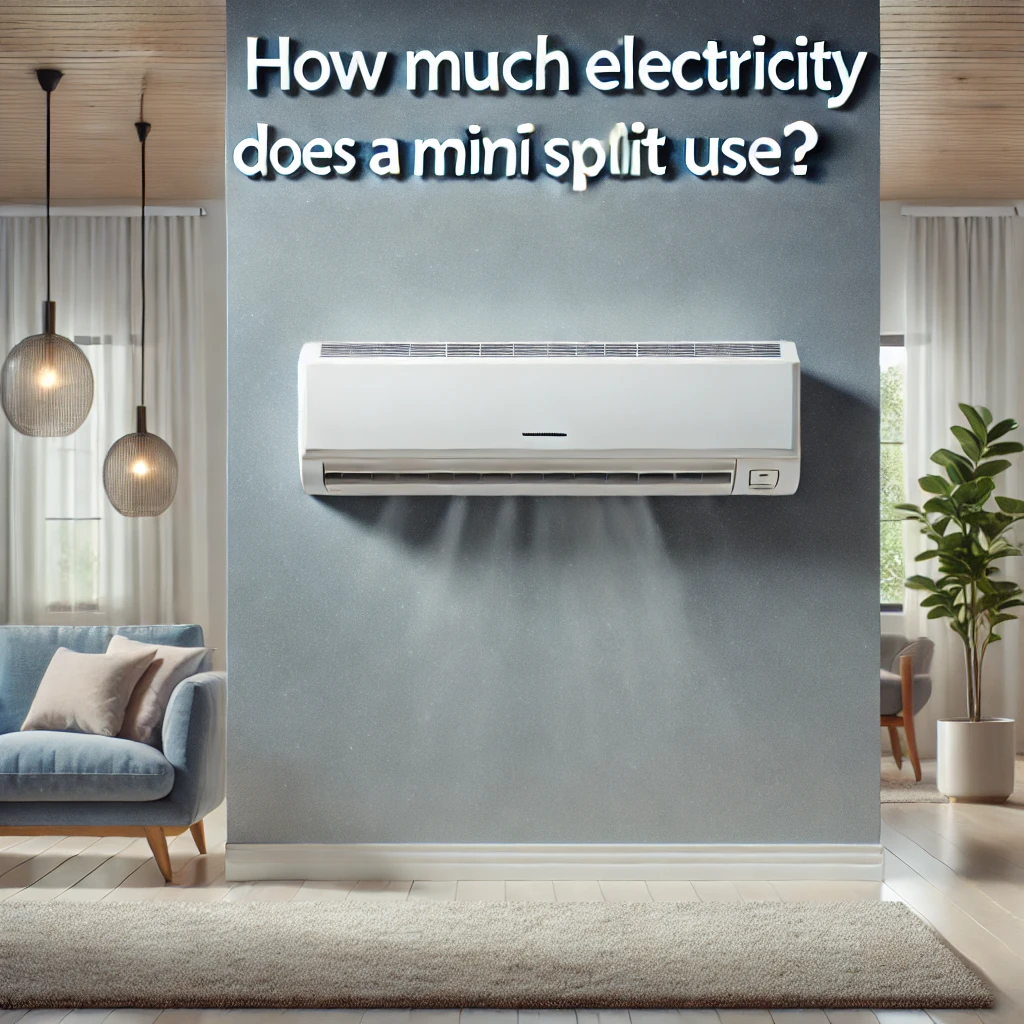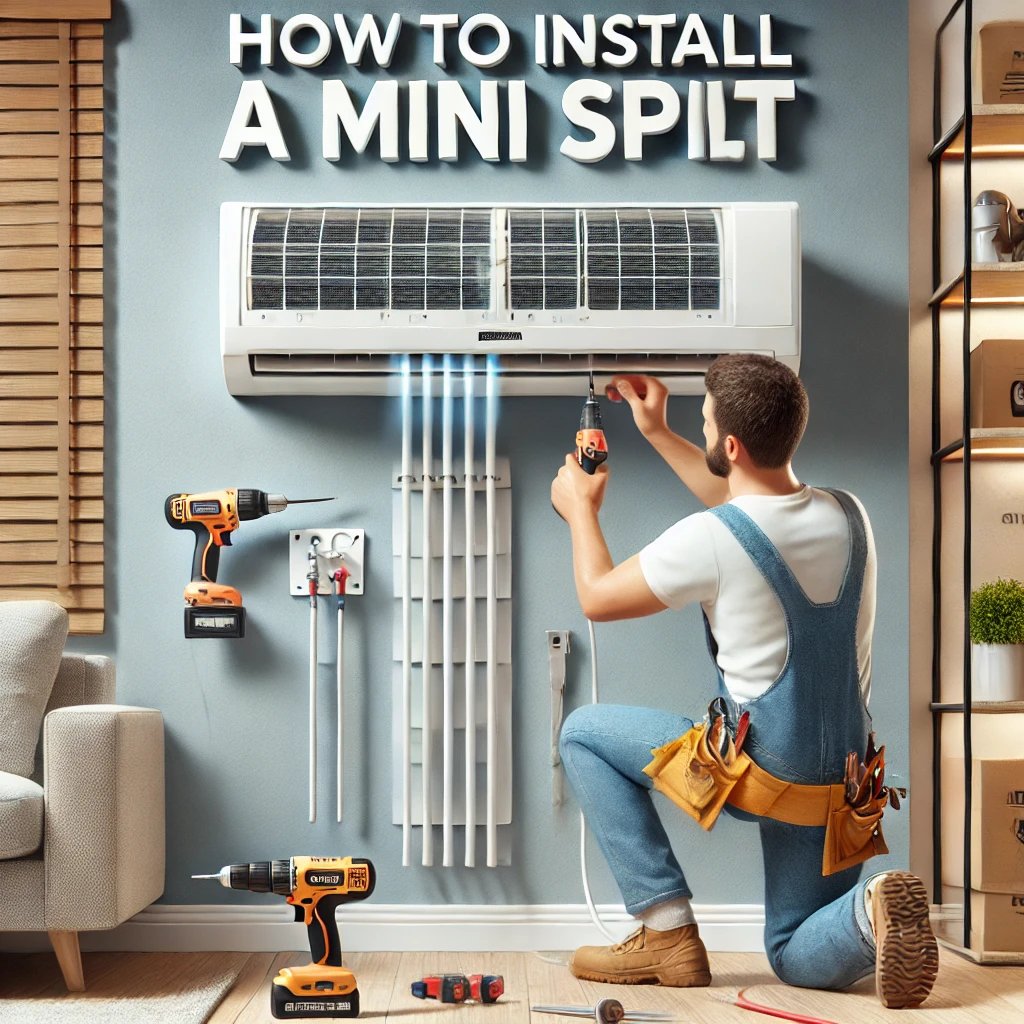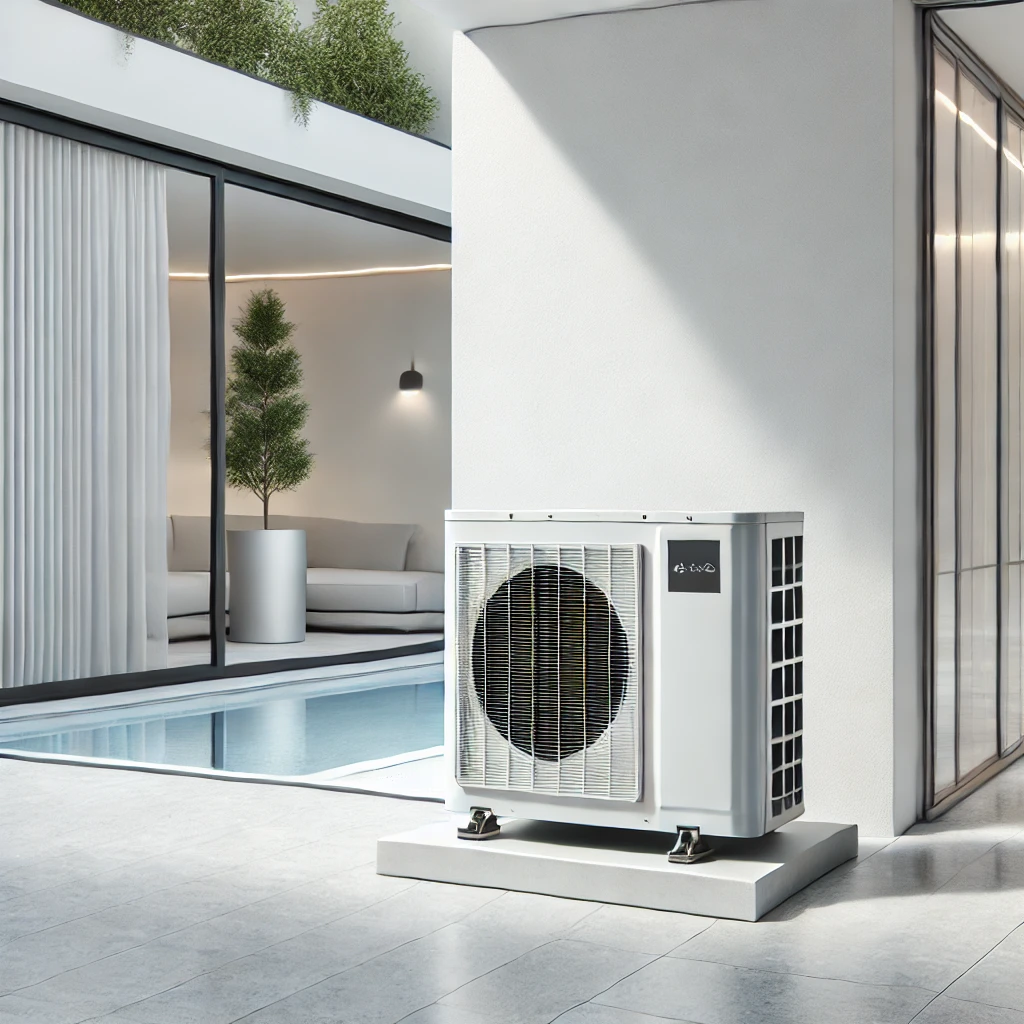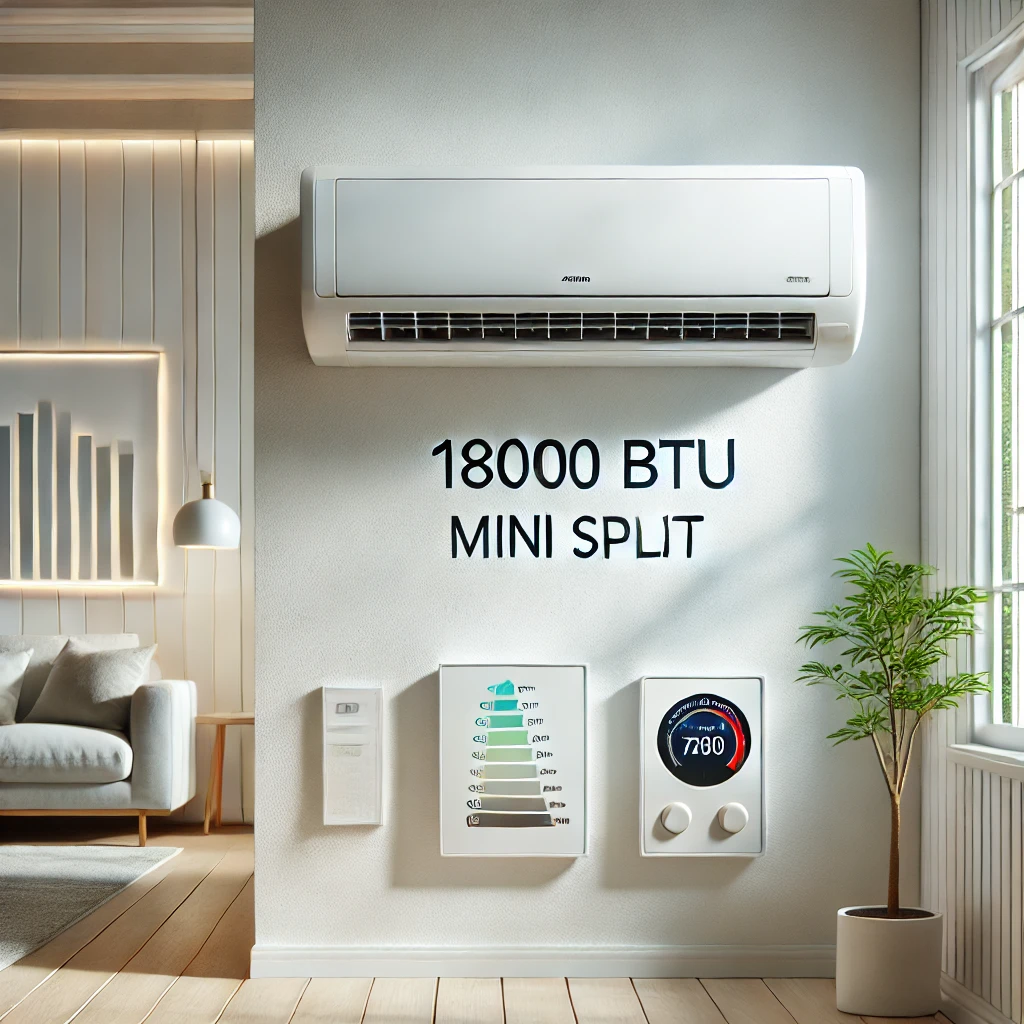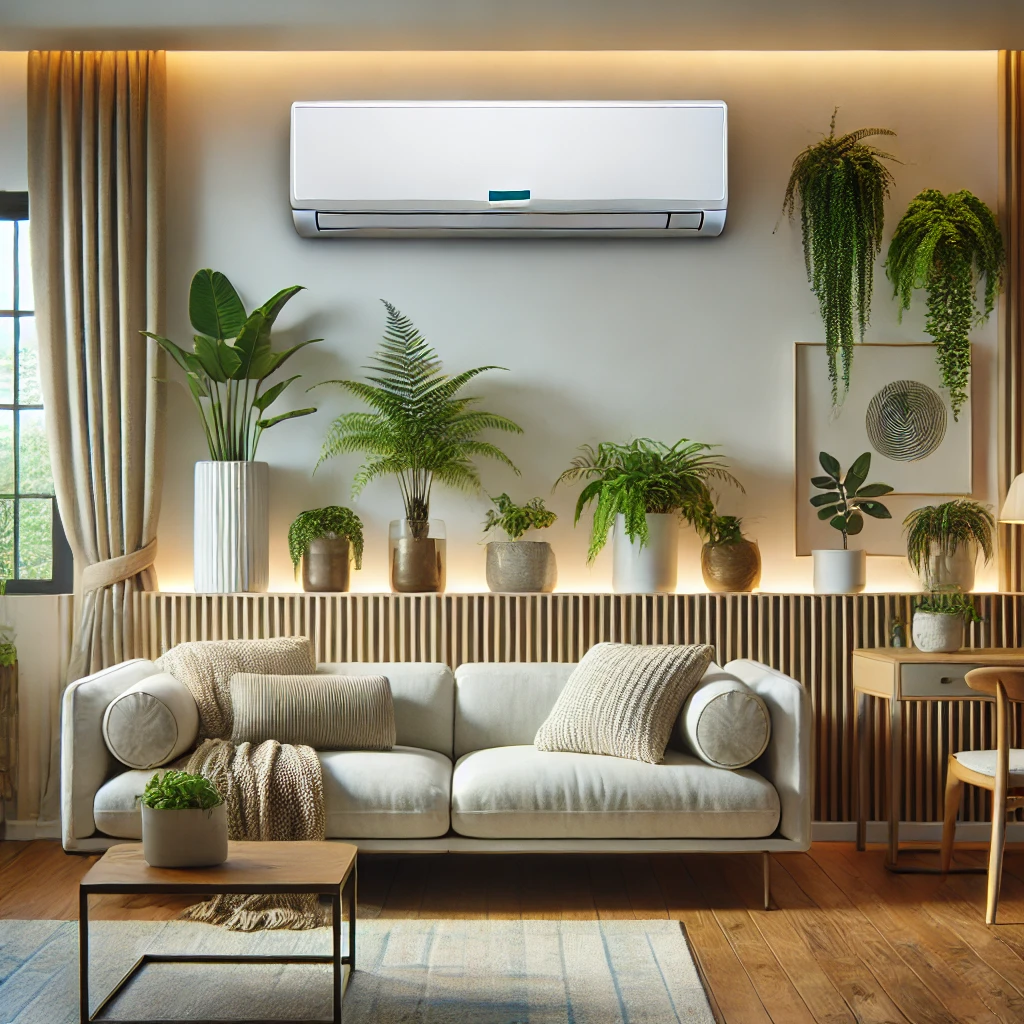Answer:
Understanding the electrical requirements for your Senville mini-split system is essential for safe and efficient operation. In our experience, most Senville mini-splits require a dedicated electrical circuit with proper voltage and amperage specifications, depending on the model. For example, smaller units often require 110-120V circuits, while larger models or dual-zone systems typically need 220-240V circuits. Our customers often find it helpful to consult the unit’s manual for exact electrical specifications and work with a licensed electrician to ensure proper installation. Incorrect wiring or insufficient power supply can lead to performance issues or void the warranty.
More On Senville Mini Split Electrical Requirements
Senville mini-splits are designed with energy efficiency in mind, but they do require specific electrical setups to function optimally. Each unit’s power needs depend on its size, capacity (measured in BTUs), and whether it’s a single-zone or multi-zone system. Understanding these requirements helps ensure your system operates safely and reliably.
Voltage and Amperage
Smaller Senville models, such as those rated at 9,000 or 12,000 BTUs, typically operate on a 110-120V circuit and draw around 15-20 amps. Larger models, like those with capacities of 18,000 BTUs or higher, usually require a 220-240V circuit with a higher amperage rating, often 20-30 amps. Multi-zone systems often have separate requirements for each zone, so it’s important to verify the specifications for your specific setup.
Dedicated Circuit
A dedicated electrical circuit is essential to prevent overloading your home’s electrical system. This ensures that the mini-split has a consistent and stable power supply, avoiding issues like tripped breakers or fluctuating performance. We recommend working with a licensed electrician to install the circuit according to local electrical codes and Senville’s guidelines.
Wiring and Disconnect Switch
Proper wiring is crucial for the safety and functionality of your mini-split system. Use the correct gauge of wire as specified in the installation manual, and include a disconnect switch near the outdoor unit for easy maintenance and emergency shutdowns. The outdoor unit must also be properly grounded to protect against electrical surges.
Surge Protection
Power surges can damage your Senville mini-split, leading to costly repairs or replacements. Installing a surge protector is a simple and effective way to safeguard your system from voltage spikes. Some models may come with built-in protection, but additional measures can provide extra peace of mind.
Installation and Inspection
To ensure your Senville mini-split meets all electrical requirements, we strongly recommend professional installation. A certified HVAC technician and a licensed electrician can work together to verify the system is properly wired, grounded, and connected to the correct voltage and amperage. This not only guarantees safe operation but also helps maintain your warranty.
